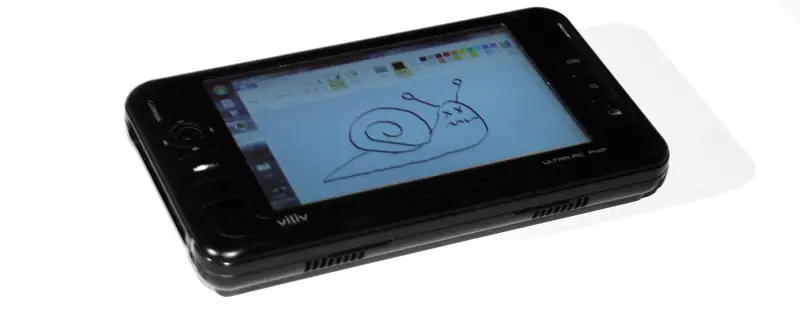Windows tablets: How to optimize performance

A lot of Windows based tablets will end up running slower than usual due to lack of RAM and unnecessary “bling”. 1GB RAM is for some reason still the standard for netbooks and UMPCs and though the convertible tablets can easily be upgraded or even come with more RAM by default in some instances, UMPC users aren’t as lucky. The Viliv S5 and it’s siblings for instance have 1GB of RAM that is non-upgradeable. Even with 2GB of RAM it’s nice to be able to save as much as possible, so RAM usage is something that concerns many Windows tablet users. When the manufacturers then slap Windows 7 on something with 1GB of RAM it really turns into a problem because you can expect to use 700+ MB of RAM by default after you have installed your basic set of applications, and that doesn’t leave much for actually running those applications. Here’s a few pointers for how to reduce default RAM, and as a bonus there’s a few tips on improving speed in general.
The problem with installing programs today is that many software makers think their software is the best thing since sliced bread and so any system should be optimized for it. That often include installing so called “launchers” and “update managers” that are small applications that run in the background and look for software updates, makes it faster to start a program etc. The problem is that when 20 programs do the same thing, it can be a very noticeable hog on system resources. Not to mention the fact a pop-up will appear asking if you want to update this or that 5 times a day. On top of that you also have Windows processes that run by default that often aren’t needed on a UMPC.
To0 help this, you have to enter msconfig. In Windows 7 this is easily done by typing msconfig into the search bar in the star menu, while on Vista and XP you type it into the “run” option in the start menu. Once that’s done, a window should appear with some scary options for you to play with. The two tabs you want to be looking at are “services” and “startup”. Let’s look at startup first.
The startup tab shows all programs that run when you start the system. This is different from the normal startup folder in the start menu and lists all programs that start at boot. Here you can disable whatever you want. I advise to stat away from official Microsoft processes, Intel driver software etc, but feel free to disable things you know you have installed yourself and that are not system tools. In my case, that includes things like Zinio, OpenOffice, MSN Messenger, iTunes, Adobe Acrobat etc. What you’re disabling are their tiny secret agents that sit in the system tray doing things they don’t really need to be doing, and most programs will work just fine when you click them even if their launchers are disabled. Some of these miniapps can be more annoying to deal with than viruses and I don’t get why they install them without specifically asking to do so (some do), but I guess they just expect their users to be too dumb to understand the question. In their defense, normal computers are powerful enough that these don’t matter anyways.
Over to the services tab, here you have to thread a bit more carefully. These are basically background processes so you shouldn’t disable anything you don’t know you can disable. For my S5, I’ve disabled things like Google Update Service, Parental Controls. Bonjour Service, HomeGroup Listener/Provider, Windows Media Player Network Sharing Service etc. I don’t know how much resources you save by disabling these, but in my case I don’t use network services on the S5 anyways so there’s really no point in having them activated.
Once that’s done, click OK and exit msconfig. How much RAM you save depends on how much you disabled, but after a quick reboot (you might have to tell Windows to shut up a couple of times, it doesn’t like you messing with it’s settings) it should drop a noticable amount. With Dropbox, uTorrent antivirus and Firefox running on the S5 it uses about 71% of the 1GB of RAM, which is a substantial drop from what it used before I disabled all those startup apps and services.
Next there are some things you can do to optimize performance all around, although they’re not directly related to RAM. In Windows 7, open the star menu and type “appearance” into the search box. One of the options that appear should be called “adjust the appearance and performance of Windows”. I have no idea where this option is in XP as I no longer use that, but according to Google you type sysdm.cpl into the run box and then click “settings” under “performance” in the advanced tab. What you should end up with in any case is a box where one of the tabs is called “visual effects”. Here you can disable a lot of things that are enabled by default to make Windows look fancy, but serve little or no purpose. I’ve disabled things like animating maximizing/minimizing windows, show window contents when dragging and so on. The options are mostly self explanatory, so disable what you like. It’s amazing how much faster the system simply feels when you don’t animate window maximization/minimizing because that’s the sort of thing that is sluggish with a slow CPU.
Of course if you’re running Windows 7 you should also disable Aero and desktop widgets, as those are two very resource intensive features. I generally advice against running desktop alternatives/app launchers but some of them work nicely without hogging up the system resources in the process.

